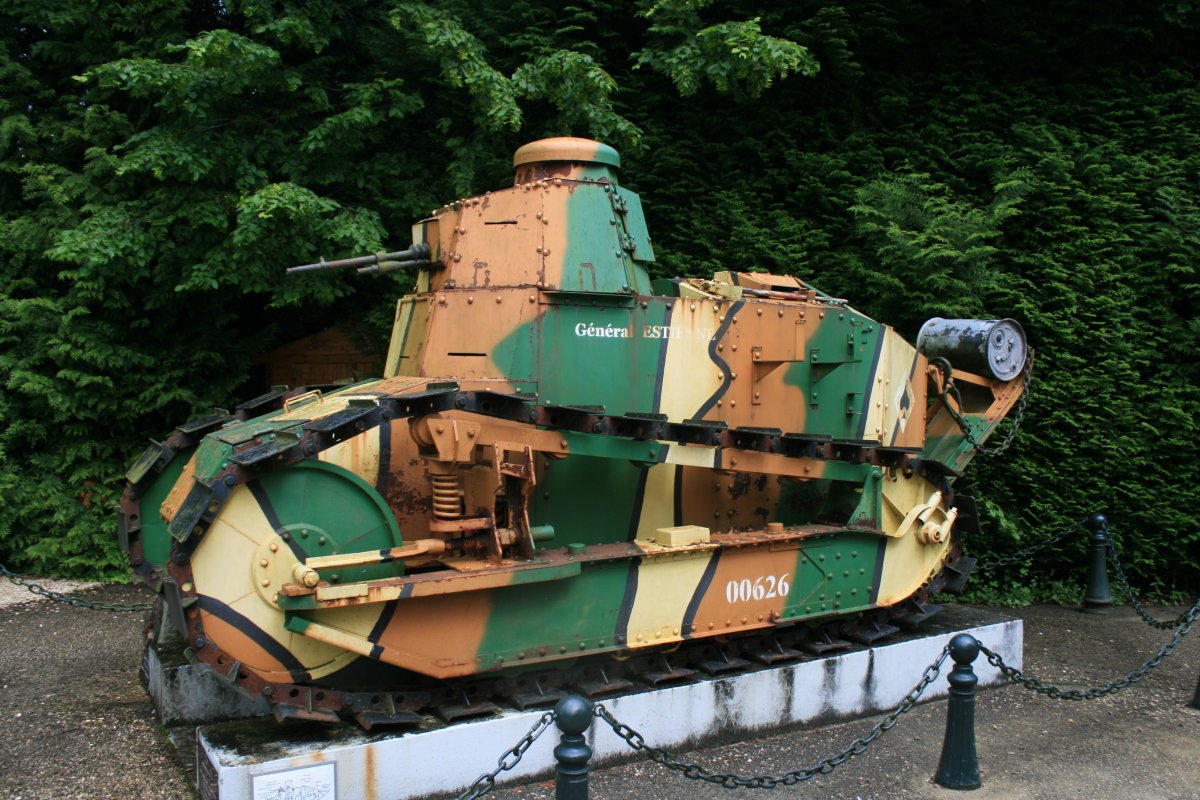France June 2016 - Armistace Clearing, Compeigne
We left Chantilly and headed for Compiegne, about an hours drive. In Compiegne, we wanted to see Napoleon's Chateaux de Compeigne and the Armistice Clearing. Unfortunately, because we were spending the night in Reims, we simply didn't have time to stop at Napoleon's Chateaux. We did a drive by which is pretty lame. Will have to come back. But we did get to go the Armistice Clearing which I really enjoyed.
Here I am at the Armistice Clearing, where on November 11, 1918, the armistice ending World War I was signed in a railway carriage at this spot. But it didn't end there. In World War II, after Hitler's armies conquered France, a second armistice was signed on June 22, 1940. Hitler had the same railway carriage in which the 1918 Armistice had been signed removed from a museum and placed exactly where it was in 1918. Then it was used again for the signing.
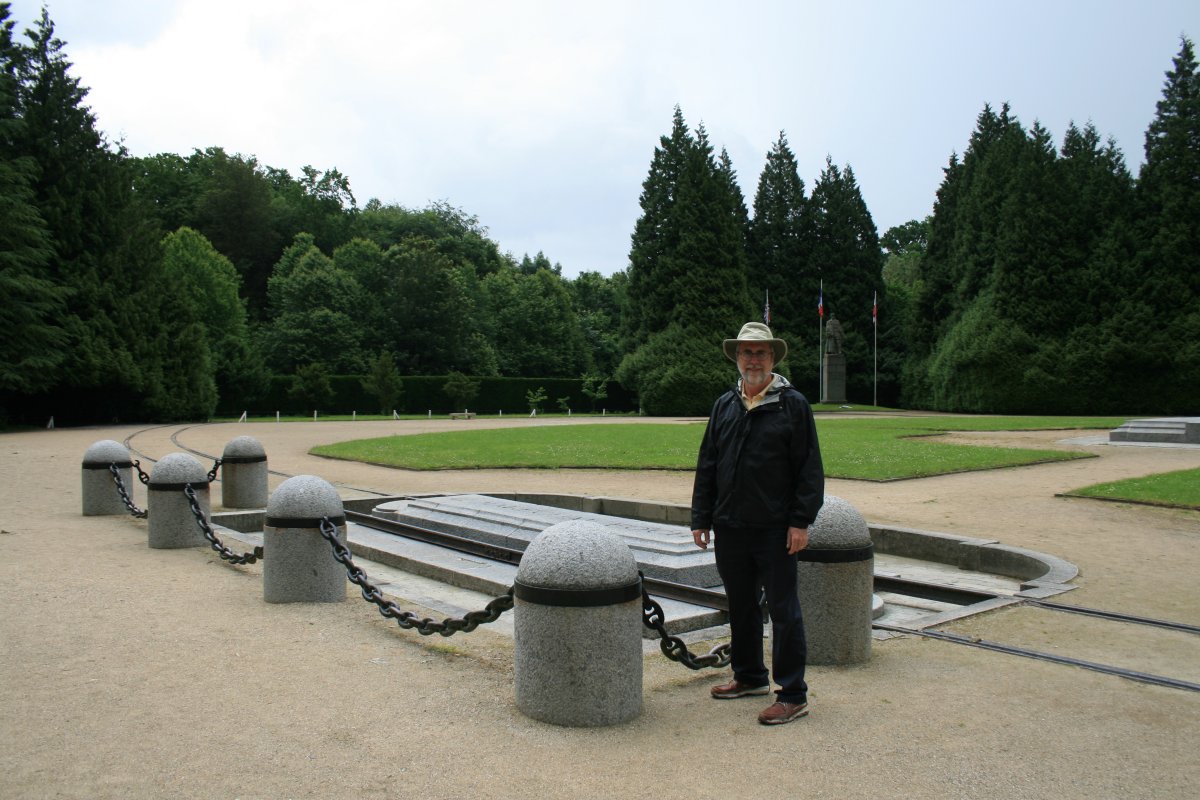
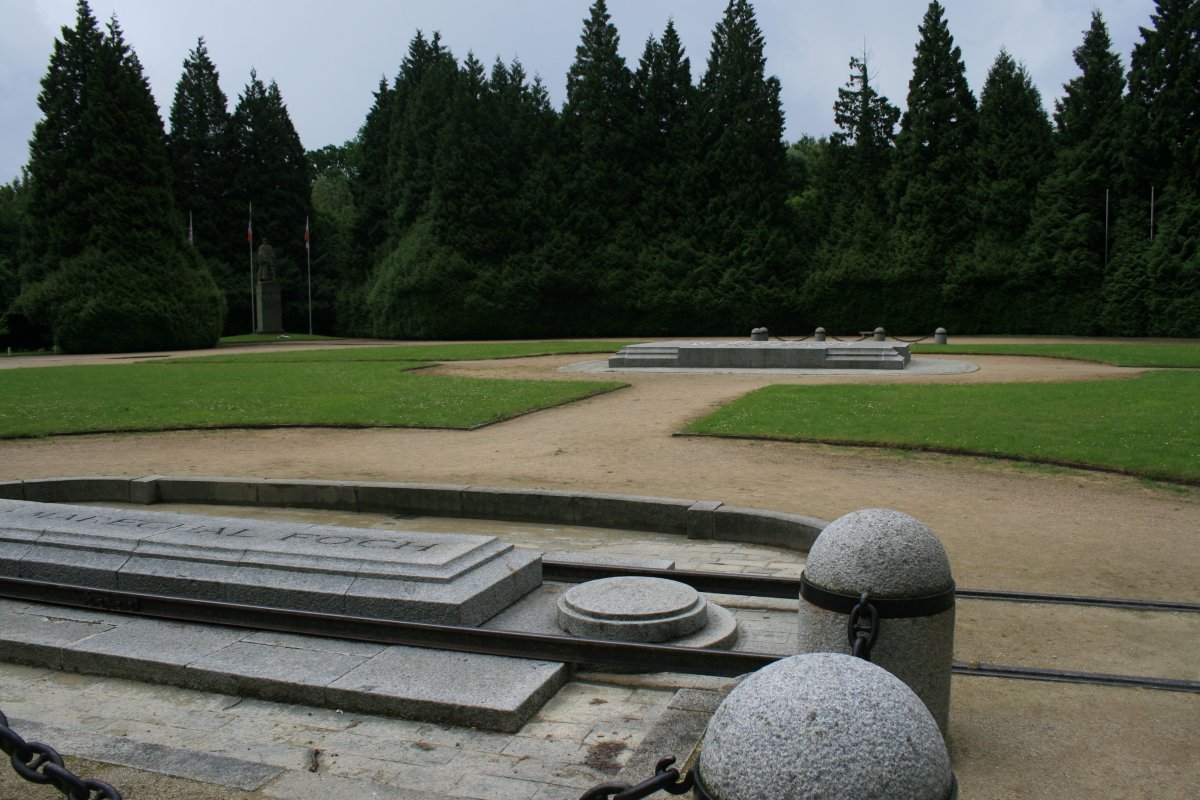
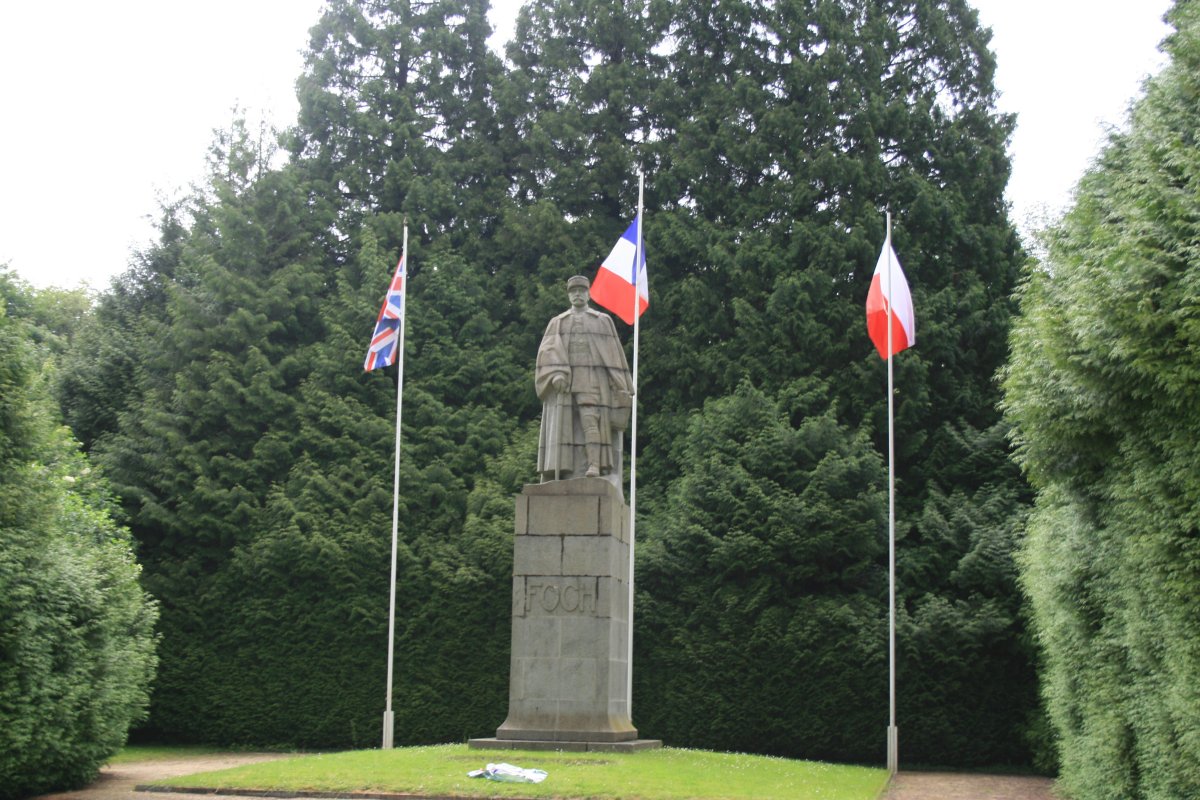
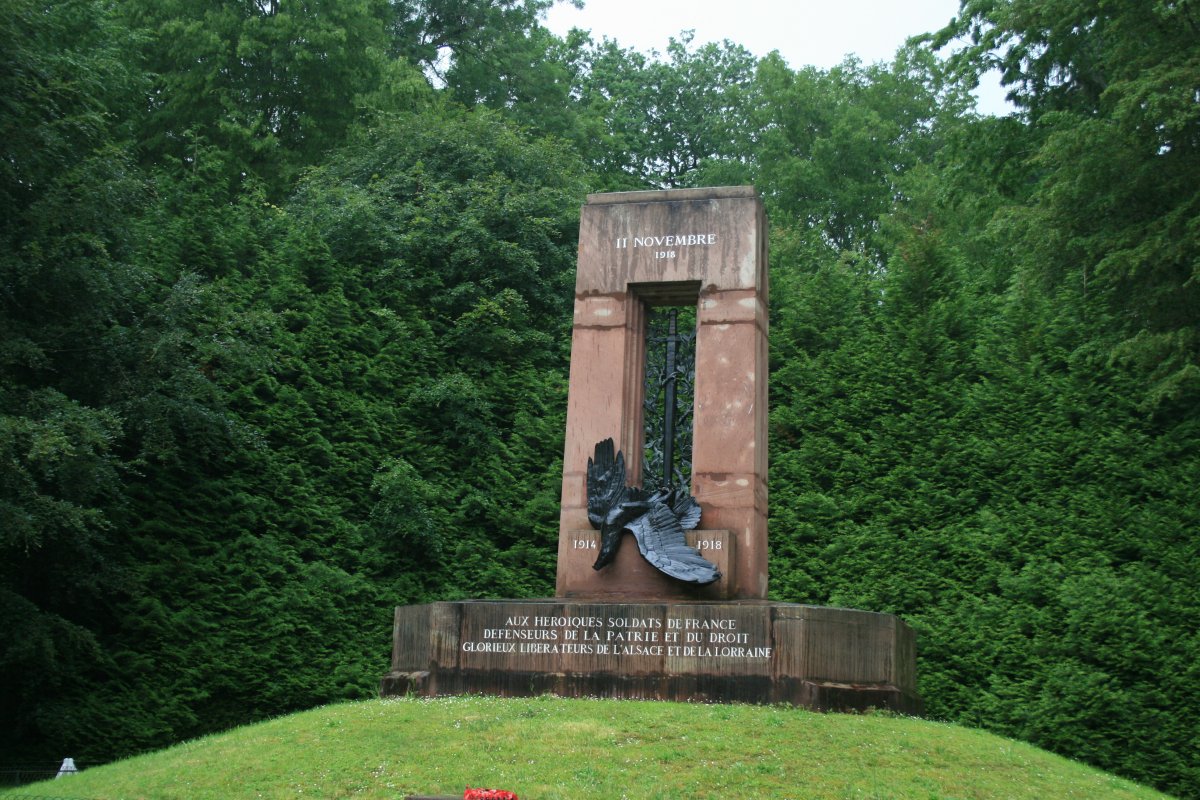
In the small museum at the Armistice Clearing is this exact replica of the railway carriage where the signings took place. The railway carraige is also known as the Compagnie Wagon.
In 1950, French manufacturer Wagons-Lits, the company that ran the Orient Express, donated a car from the same series to the museum — 2439D is identical to its ravaged twin, from its polished wooden finishes to its studded, leather-bound chairs. This car had also been part of Foch's private train during the 1918 signing. At the 1950 ceremony, it was renumbered No. 2419D. It is parked beside the display of the original car's remains: a few fragments of bronze decoration and two access ramps
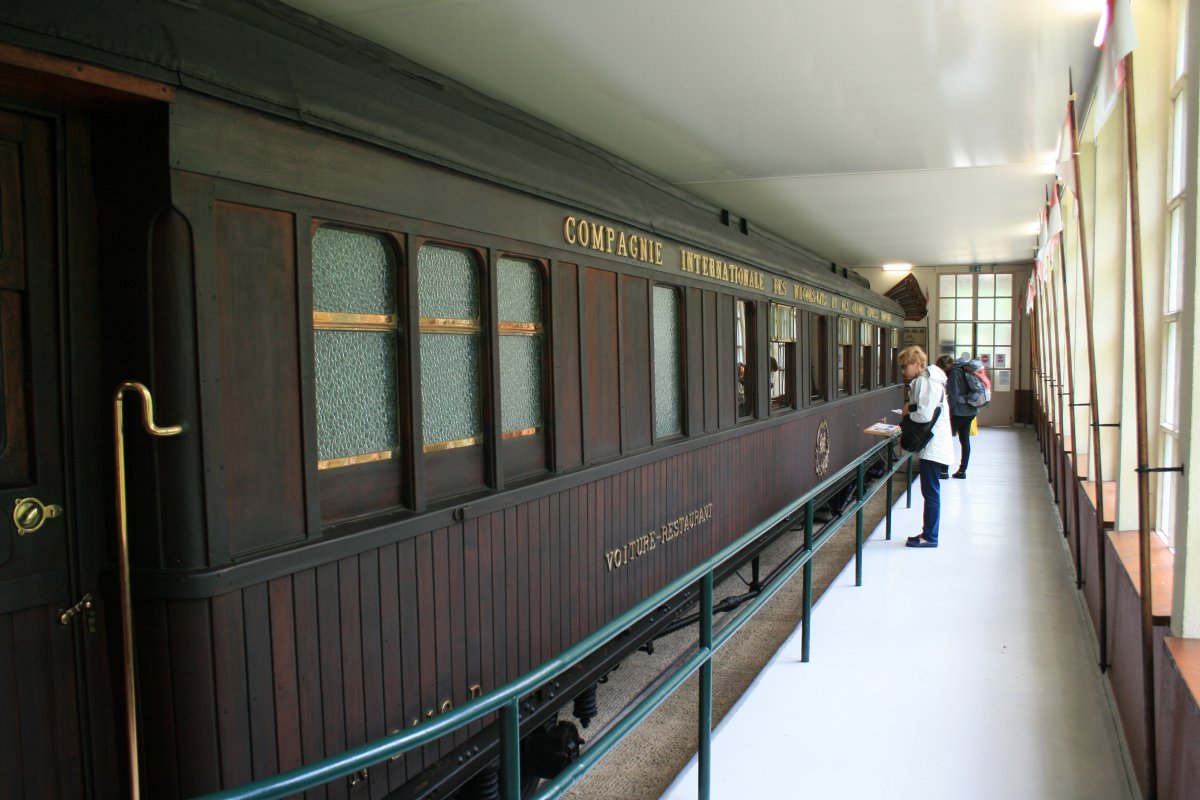
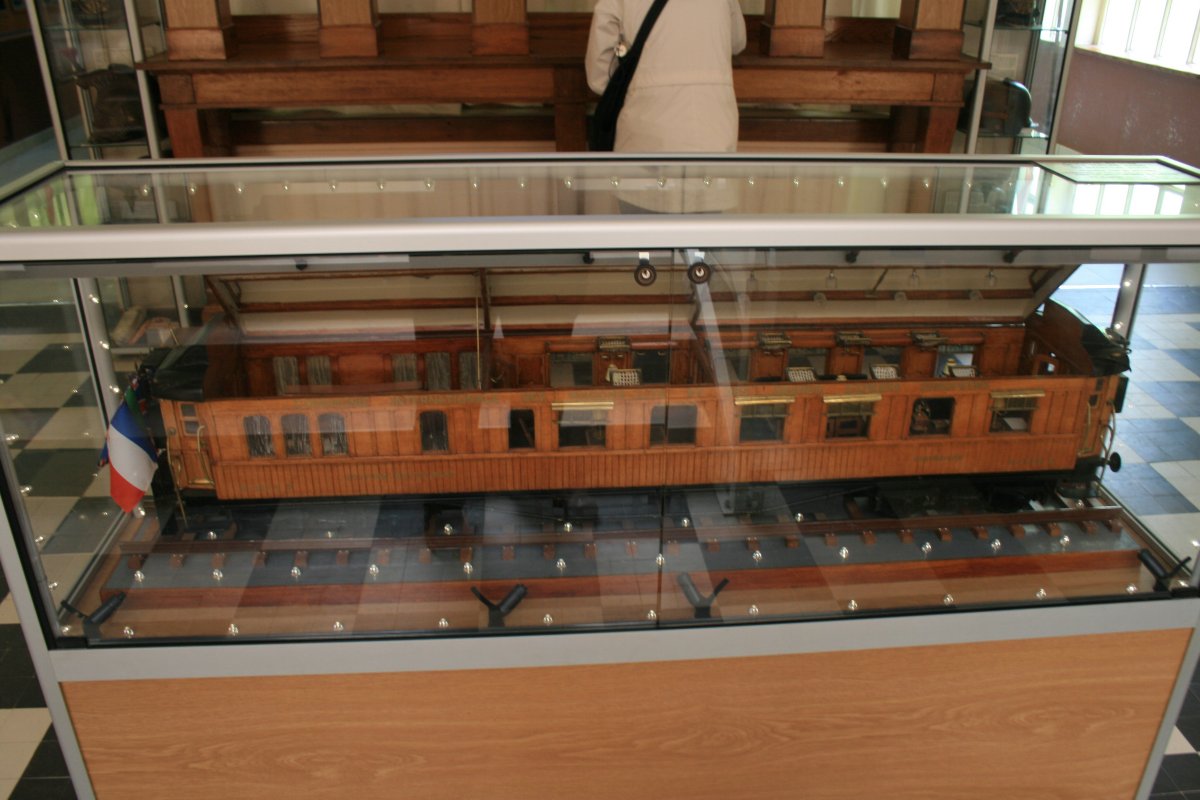
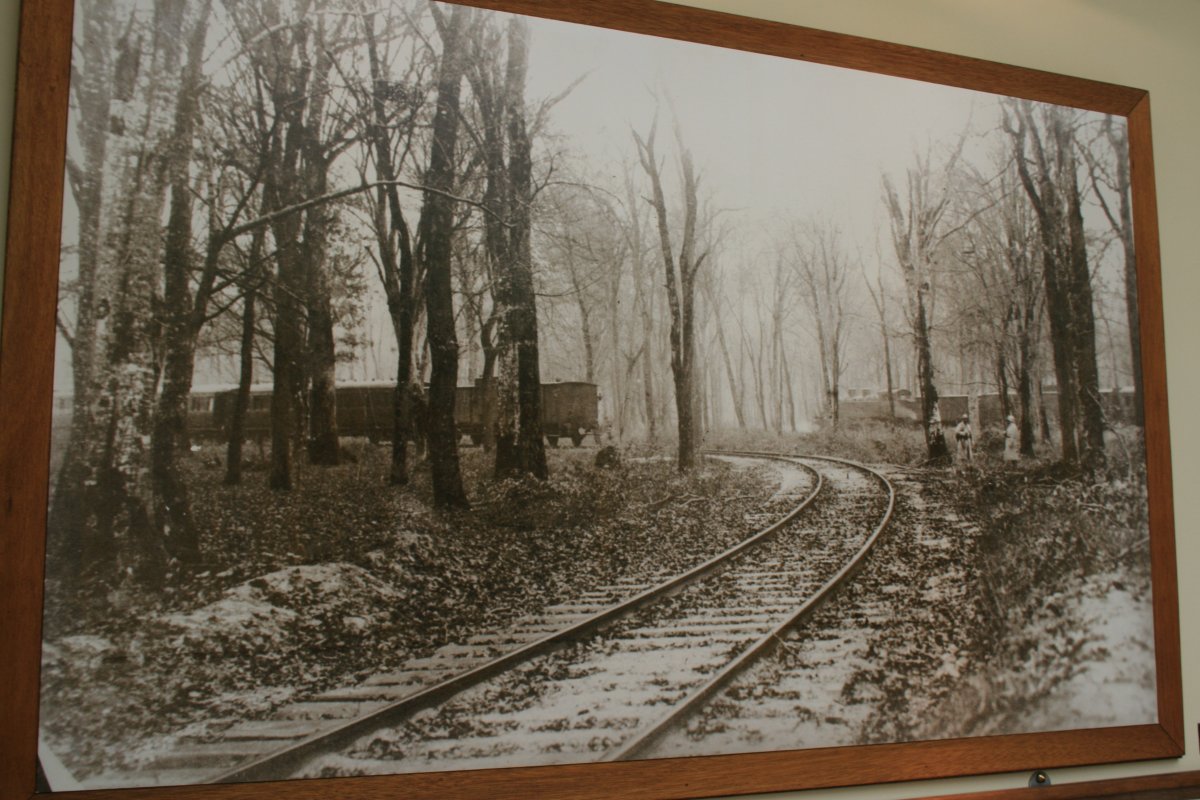
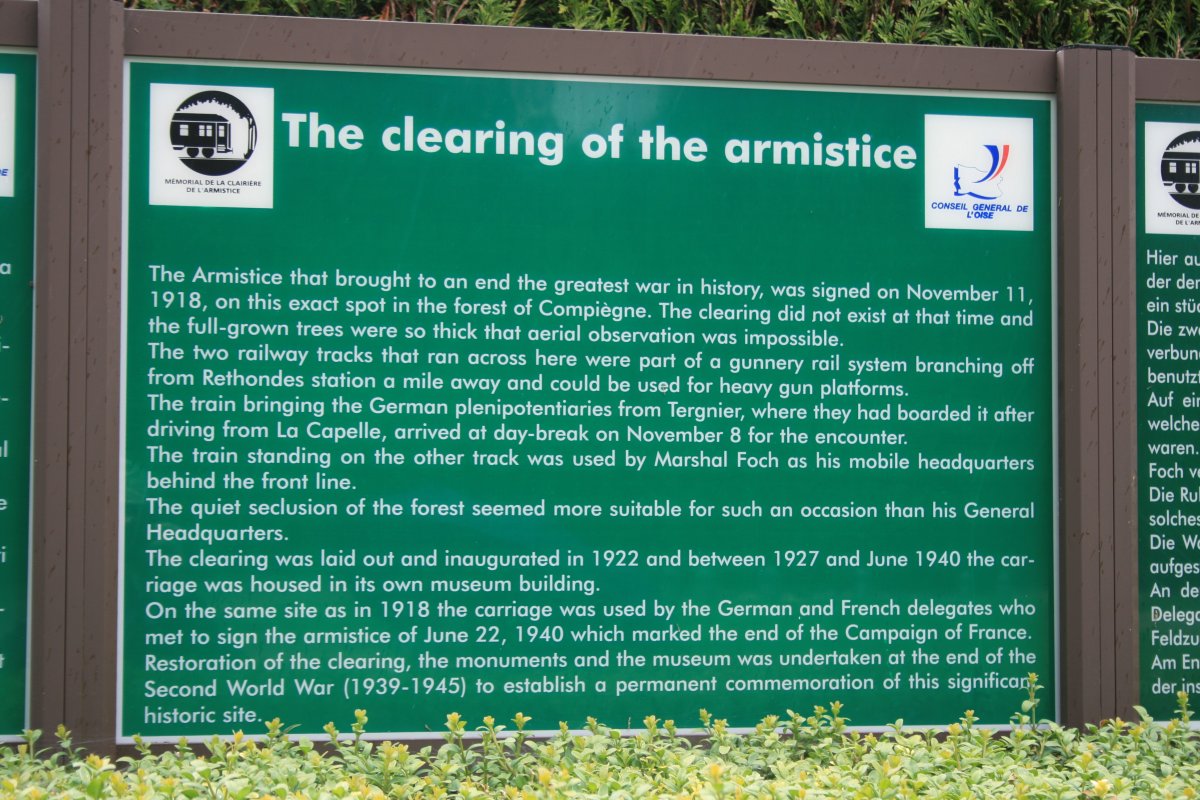
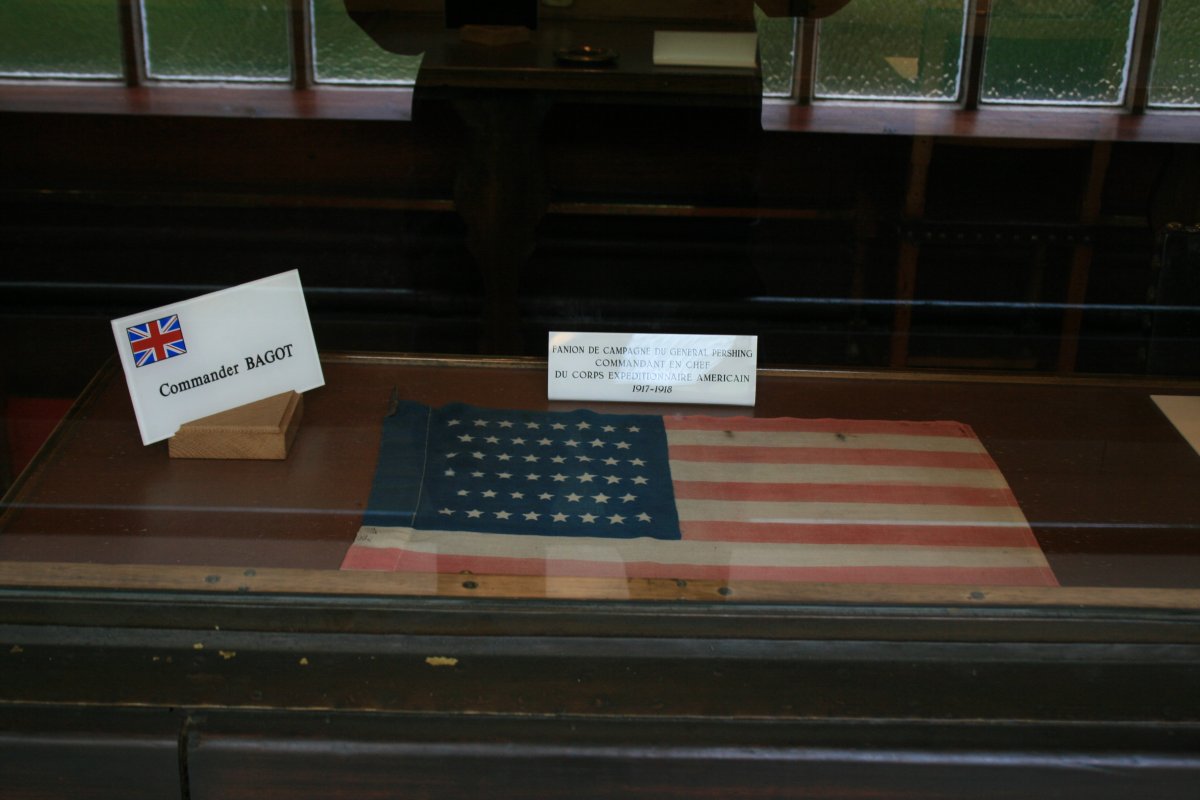
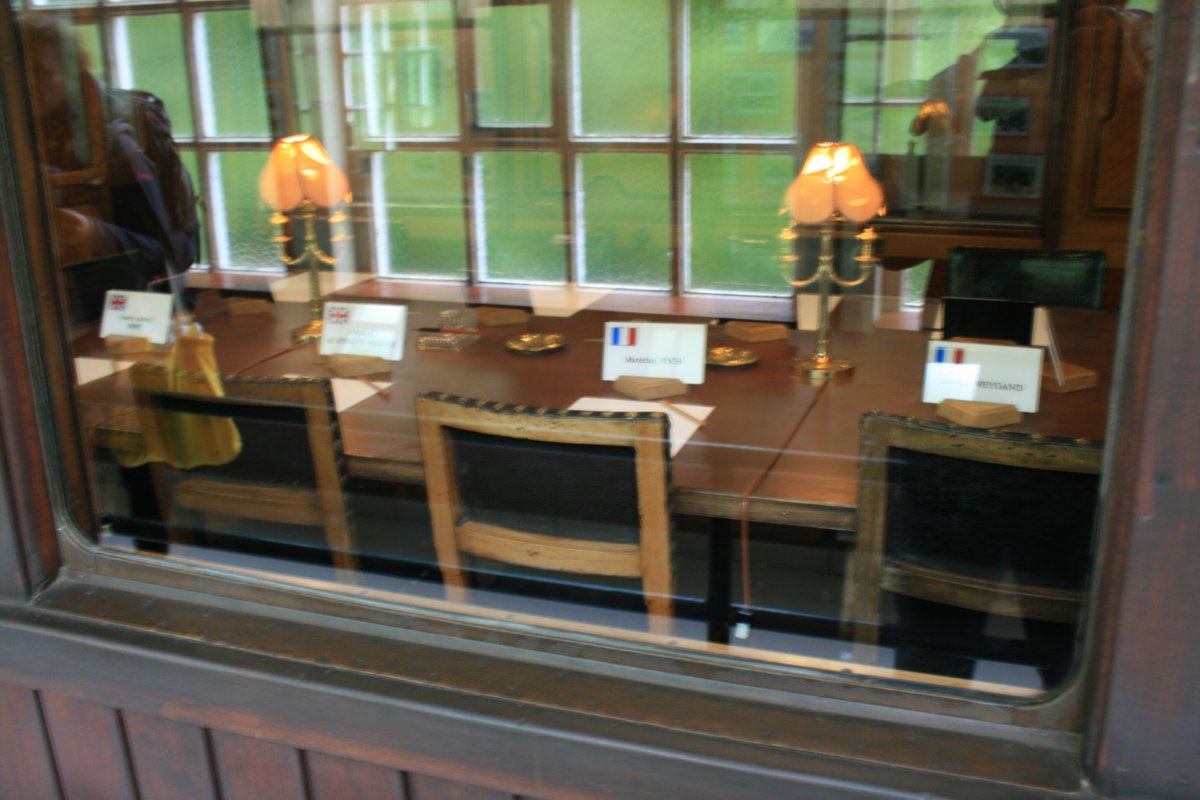
An early French tank.
I found the Armistice Clearing site very interesting and was glad we got see it.
